Contents
When growing garden crops through seedlings, the success of the future harvest largely depends on the soil in which the seedlings grew. This is especially important for tender and capricious eggplants. Of course, high-quality soil rich in minerals and organic matter should also be in the garden, but in a permanent place at the roots of plants there are more opportunities to provide the aerial part of the eggplant bush with nutrients. Particularly stringent requirements are imposed on the soil for eggplant seedlings.
But all soil mixtures for seedlings have common properties:
- breathability. The structure of the earth must be loose so that the roots are provided with enough oxygen, and light so that the soil does not cake after watering;
- moisture capacity. The soil should absorb water well and retain it. In this regard, peat soil would be a very poor choice, since peat ceases to absorb water when it dries. It is worth forgetting about watering once and it will be a whole problem to restore the moisture capacity of the peat substrate;
- fertility. The soil mixture must be able to provide the seedlings grown in it with all the nutrients necessary for successful growth and development;
- balance of components. Seedlings need not only organics, but also micro and macro elements. In the soil, all elements must be present in an accessible form for seedlings. But an overabundance of any element will also negatively affect the development of seedlings;
- acidity. There are very few garden plants that prefer acidic soil. One of them is sorrel. But eggplants are among those plants that grow on soil with neutral acidity. Therefore, soil pH should not be less than 6.5 and more than 7.0;
- decontamination. Land for seedlings must be cleared of pests, pathogens and weed seeds;
- no chemical pollution. The soil mixture for seedlings should not contain waste from hazardous industries and heavy metals.
Components for the soil mixture are divided into organic and inorganic.
Organic components of soil mixture for seedlings
In fact, this is what most people understand by the words “earth” and “organic”.
Peat

As already mentioned, it is not a very desirable component of the potting mix for seedlings, but in relatively small quantities it can be used as a soil leavening agent.
When buying peat, you must remember that it can be upland, middle and lowland. For eggplant seedlings, only lowland is suitable, which has an acidity very close to neutral. But even when using lowland peat, it is necessary to add ash or lime to the soil mixture for eggplant seedlings in order to neutralize excess acid. Riding peat for garden crops is not suitable at all. It’s too sour.
Sphagnum
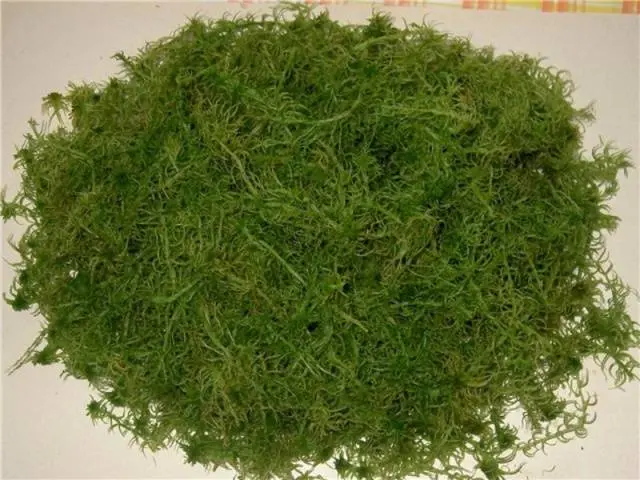
In fact, this is the raw material for the production of peat. Remains of other plants may also be present in peat, but rotted remains of sphagnum make up the bulk of peat.
Sphagnum can be used as an absorbent in seedling mixes as it is highly hygroscopic and was once used in place of cotton wool.
Tattered land
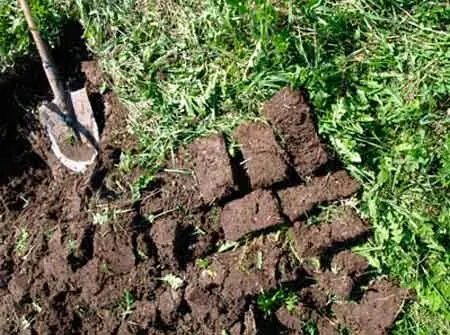
This is not quite what is often understood by this word, looking under one’s feet in a meadow. Turf land cannot simply be dug up, it must be prepared.
To do this, in the fall, the upper part of the soil with intertwined roots is cut into squares in the meadow and the squares are stacked in pairs with their faces facing each other. To speed up the process of overheating, fresh cow dung can be laid between pieces of sod. In the spring, rotted pieces of sod can already be used as sod land in seedling soil.
Compost
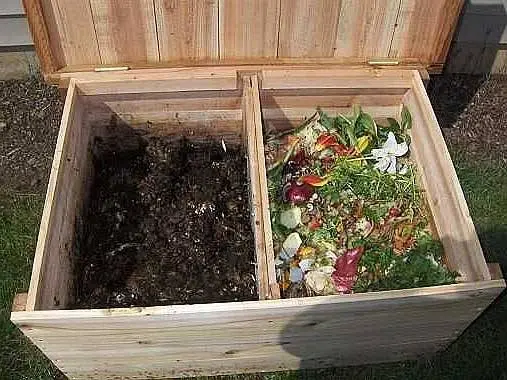
In autumn, there are always a lot of plant residues in the garden. You can burn them and get the ashes for fertilizer. Or you can put them in a hole and leave them to rot on compost. In a year, the plants will not have time to completely rot. To prepare the soil mixture for seedlings, you must use at least two years of compost.
Leaf Land

This is the same compost, but made exclusively from fallen tree leaves. The method and time of its preparation are the same as for compost.
Humus
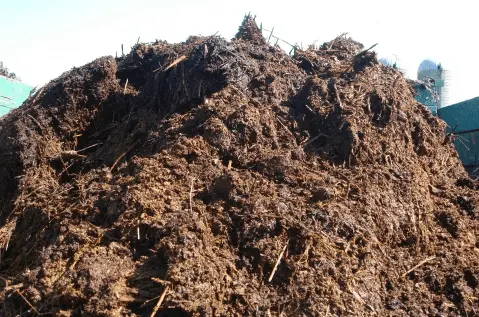
Qualitatively rotted manure of livestock. Opinions about its preparation differ among gardeners. Some people think that clean manure without bedding should be used. Others are convinced that manure without bedding is feed to the wind. The fact is that in manure mixed with litter soaked in urine, when overheated, much more nitrogen will remain than in pure manure. But here everyone decides for himself.
Humus is also better to withstand two years to ensure the absence of weed seeds in it. Fresh manure in seedling soil cannot be used for two reasons:
- during decomposition, fresh manure releases a lot of heat, and when the soil temperature is more than 30 °, the roots of the seedlings will “burn out”;
- too many weed seeds in fresh manure. As a result, not seedlings will grow in pots, but weeds.
From humus and compost, you can produce another type of soil for seedlings, which is not very popular due to the complexity of its manufacture.
Biohumus
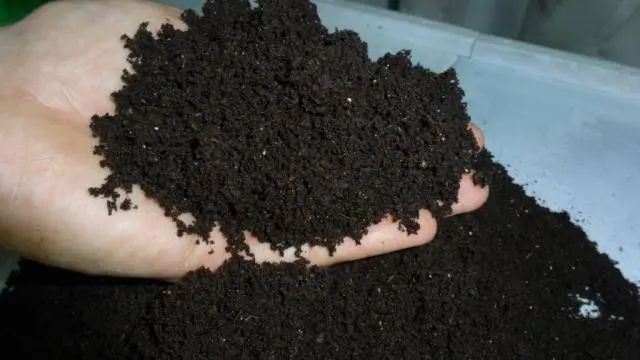
Waste product of earthworms. Worms feed on decaying organic matter, so it is quite possible to offer them annual (half-rotted) compost and humus. But for the production of vermicompost, significant volumes will be required to store “raw materials” over the next year and, of course, worms. Not everyone has the opportunity to make biohumus, and some are also afraid of worms.
Nevertheless, you can see how to make biohumus on the video
Production of biohumus for the garden – the beginning:
tree land

Compost made from sawdust. Sawdust rots very slowly. For high-quality decay, they need at least three years. Moreover, the larger the chips, the slower it will rot. But semi-rotted sawdust can be used as a leavening agent in the soil mixture for seedlings or used for the production of vermicompost.
It is undesirable to add fresh sawdust to the soil, even to garden beds. Unless you need to remove excess nitrogen from the soil. Rotting, sawdust absorb nitrogen from the soil.
eggshell powder
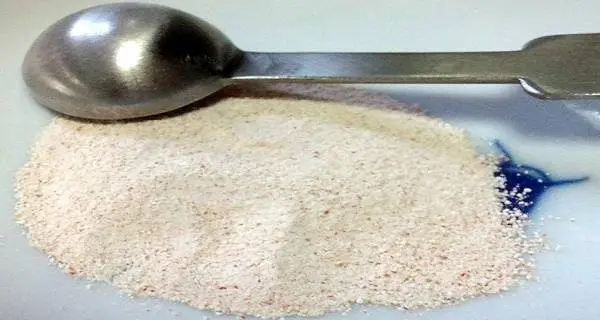
This component can only be used as lime to reduce soil acidity and, to some extent, as a source of calcium.
vegetable ash
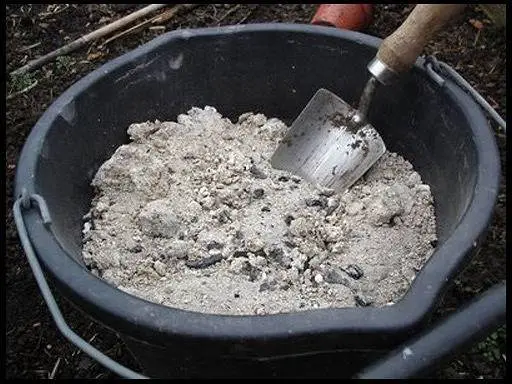
It is a good tool for maintaining fertility in the soil, as it contains almost all the elements necessary for plants in an easily digestible form. It can also be used as a growth stimulant in preparing seeds for planting and as a neutralizer of high acidity in seedling soil mixtures.
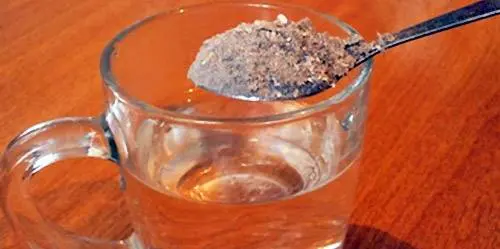
Inorganic components of soil mixtures for seedlings
Soil mixture for seedlings, consisting of only organic matter, is unlikely to meet such requirements for high-quality seedling soils as air permeability and water permeability.
Agroperlite
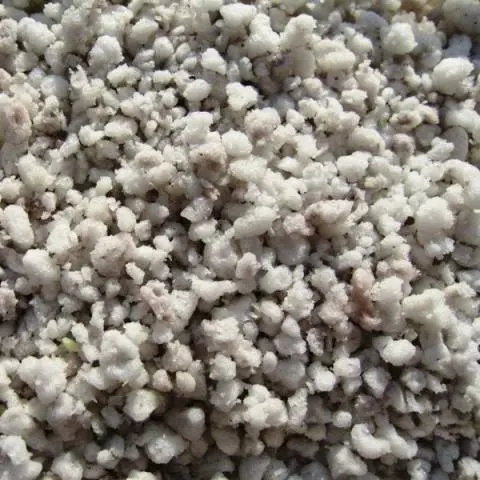
Perlite is a mineral of volcanic origin. After special processing, expanded perlite is obtained, which is also called agroperlite. Agroperlite is used in potting mixes for seedlings to improve characteristics such as air permeability. It does not allow the soil mixture for seedlings to cake into a dense lump, contributing to the uniform development of plant roots.
It has good moisture capacity. Only 100 g of the mineral can absorb up to 400 ml of water. Gradually releasing water, agroperlite promotes uniform soil moisture, allowing you to reduce the number of irrigations, and save water and fertilizers, which are not washed out of the seedling soil along with excess water. Protects the roots of seedlings from decay, as there is no waterlogging of the soil.
Vermiculite

Belongs to the group of hydromicas and has the ability to absorb moisture even more than that of agroperlite. 100 g of vermiculite can absorb from 400 to 530 ml of water. In soil mixtures for seedlings, it is used for the same purpose as agroperlite. And also for mulching beds.
Sand
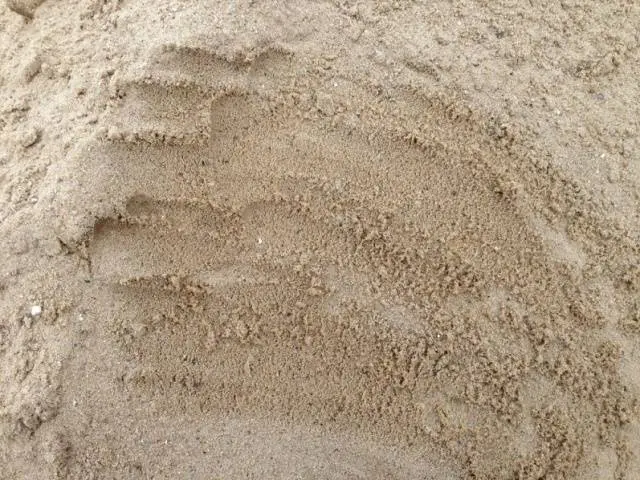
Usually used, if there are no better fillers at hand, to “lighten” the earth mixture for seedlings. The purpose of the sand is to maintain the air and water permeability of the earthen coma. But sand does not possess the property of agroperlite and vermiculite to retain water and then gradually release it into the soil.
Expanded clay
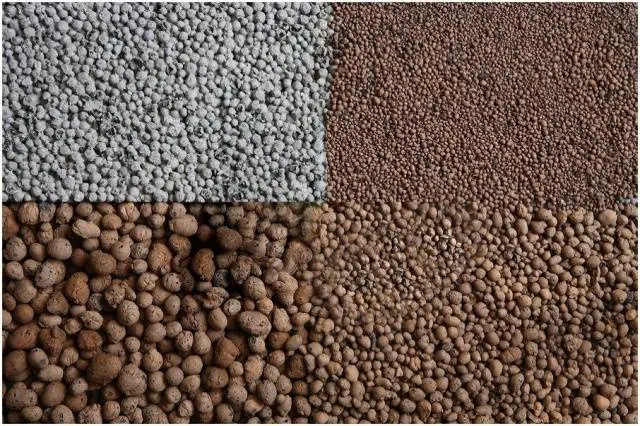
Varieties of “crushed stone” or “gravel” are used as a drainage layer at the bottom of seedling pots. A variety of “sand” can be used in potting soil for seedlings to maintain soil looseness and control moisture evaporation.
Made from a mixture of fired clay and slate.
Hydrogel

A new component of soil mixtures for seedlings, which contributes to the uniform moistening of an earthen clod in a seedling pot and allows you to reduce watering.
Shredded Styrofoam
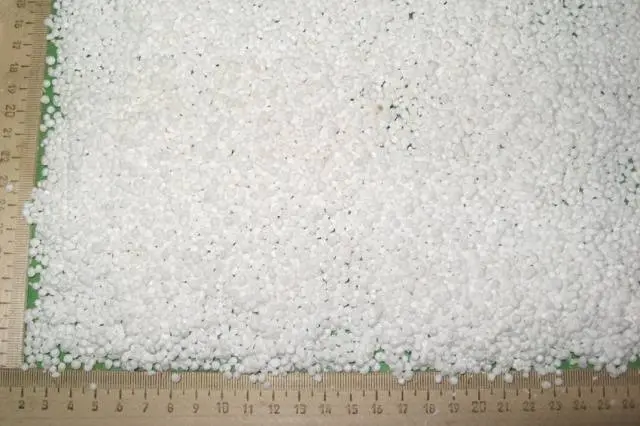
It has no special functions, except for loosening the soil. In addition, many fear that the foam releases harmful substances into the environment that will be absorbed by the seedlings.
Clay, especially in large quantities, is able to practically compress an earthen lump in a seedling pot into a single whole. In such soil, it will be very difficult for tender seedlings to grow and, most likely, they will die.
Using garden land to grow eggplant seedlings
The debate on the topic “whether to use garden soil as a component of soil mixture for seedlings” is probably worthy of being perpetuated in the annals of history. Someone thinks that it is impossible in any case, since garden soil is heavily infected with pathogens and pests. Someone is convinced that when using garden land for growing seedlings, it will be easier for young plants to adapt to a permanent place. Those who prefer to use garden soil for seedlings try to disinfect it in one of four ways.
Disinfection at home
At home, you can disinfect the land for seedlings in one of four ways: calcining, freezing, pickling and steaming.
calcining the earth
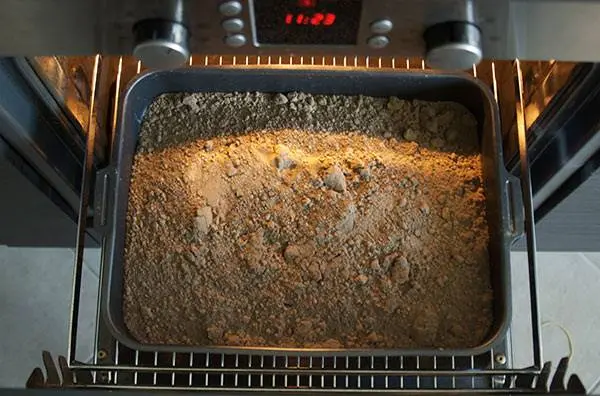
The soil is calcined in the oven at a temperature of 70-90 degrees. A layer of soil 5 cm thick is poured onto a baking sheet, moistened and heated in the oven for 30 minutes. After cooling, the soil can be used to prepare a mixture for seedlings. Not everyone likes this method, believing that warming up can kill the fertile properties of the earth.
Ground freezing
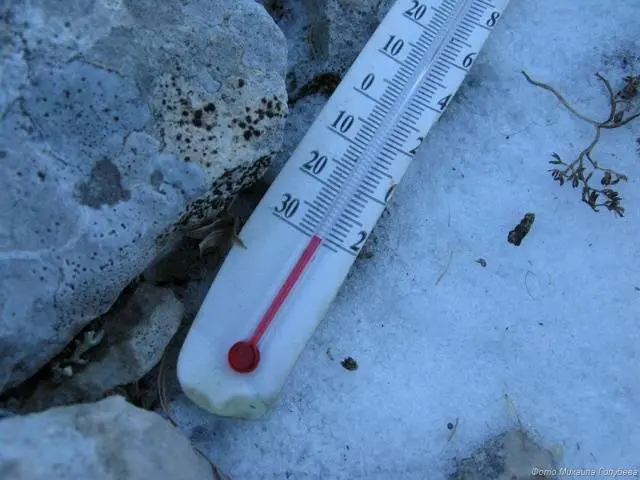
If you are going to use this method, garden soil is collected in bags in the fall. With the onset of frosts of at least -15 ° C, bags of earth are taken out into the street for several days. Then the frozen ground is brought into a warm room for several days to wake up the seeds of weeds and pests, and the bags are again sent to the frost. This procedure is carried out several times.
The disadvantage of the method is that not everywhere there are severe frosts, and even where they are, they do not always last long. This method is guaranteed to work in the northern regions.
Steaming the earth
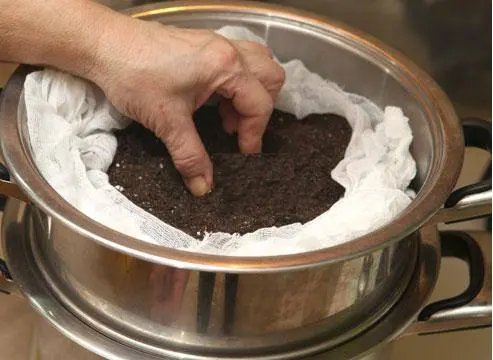
With this method, the soil is not only disinfected, but also moistened. About a liter of water is poured into the bucket, a fine-mesh net is put on top (you can use a colander) and put on fire. After 40 minutes, the soil is ready. It is cooled and used for seedling soil mixture.
Etching the earth
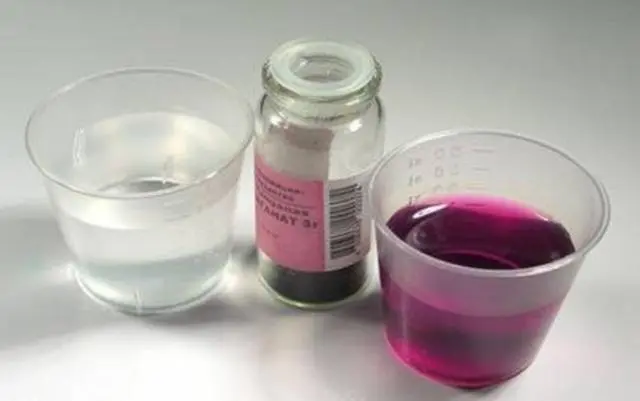
The easiest way out of all available. The earth is shed with a dark pink solution of potassium permanganate.
After all the selected ingredients are prepared and disinfected, you can begin to prepare the soil for eggplant seedlings.
Options for self-preparation of soil mixture for eggplant
Two options for preparing land for eggplant seedlings are usually used.
First option
All ingredients are listed in parts of the whole.
2 humus/compost : 1 peat : 0,5 rotted sawdust.
The second option
Ingredients are listed in specific units.
A bucket of garden soil, half a glass of ash, a tablespoon of superphosphate, a teaspoon of urea or potassium sulfate.
All ingredients containing large particles must be sifted through a fine sieve. This is especially true for peat. Long fibers of peat when picking eggplant seedlings will certainly damage the sprouts, as the roots of young eggplants will become entangled in the long fibers of the undecayed sphagnum and break. These fibers can be used later, when planting eggplant seedlings in their permanent place.
In addition to these two recipes, experienced gardeners often make up their own. How to properly prepare the land for eggplant seedlings can be viewed on the video
Land for seedlings of tomatoes, peppers and eggplants:
Conclusion
You can also use purchased soil mixtures for growing nightshade seedlings, also sifting them through a sieve.
With proper soil mixture preparation, eggplant seedlings will not need nutrients and suffer from waterlogging of the soil or lack of moisture.









